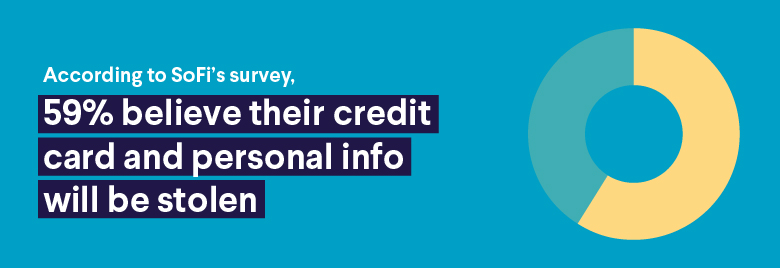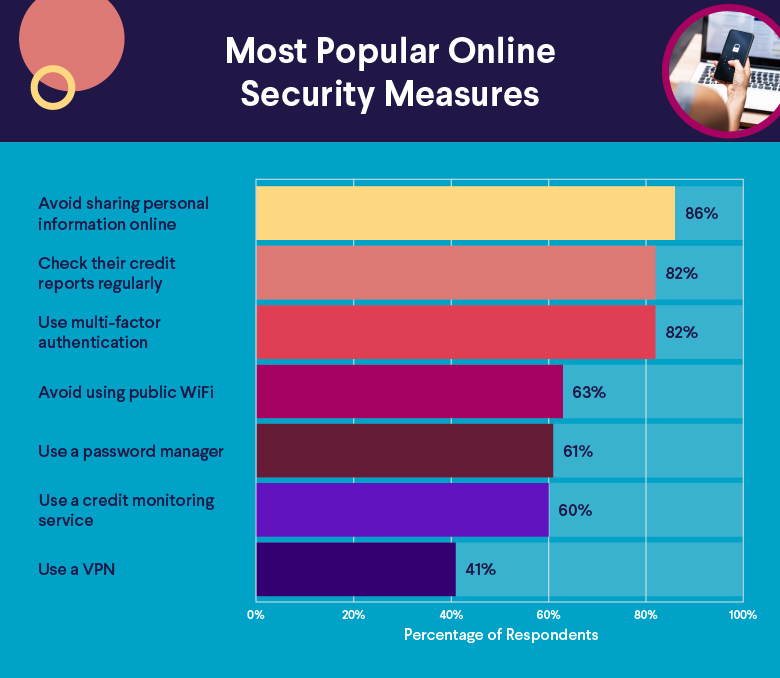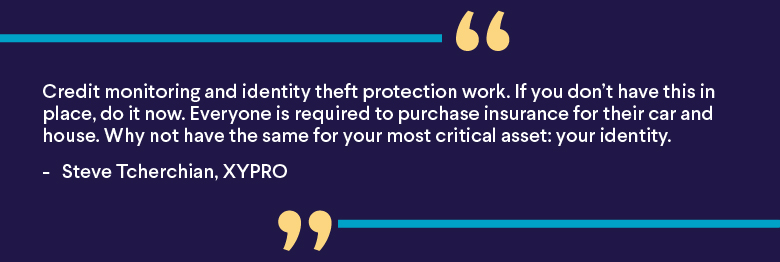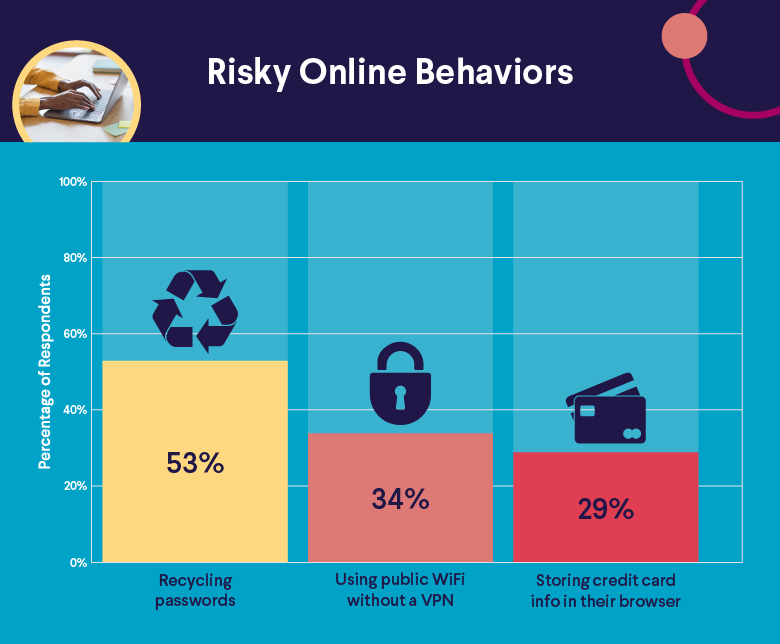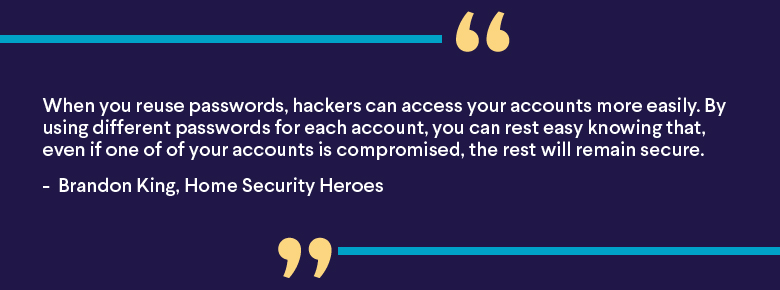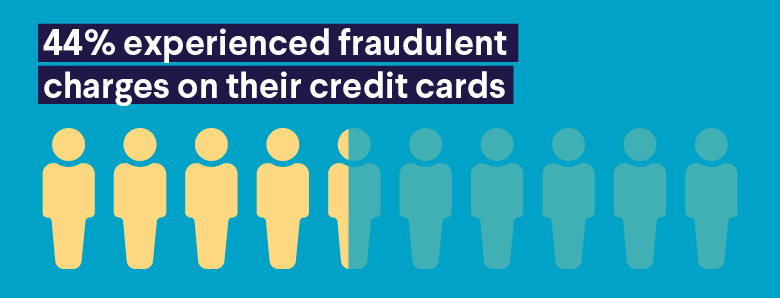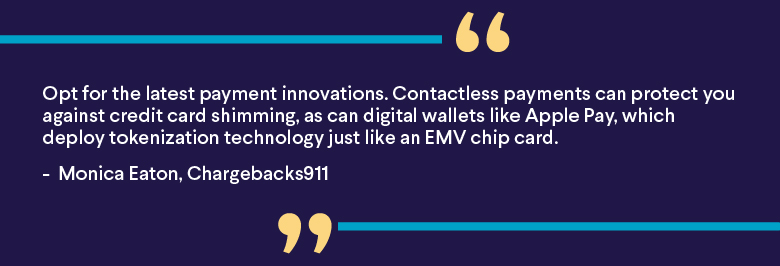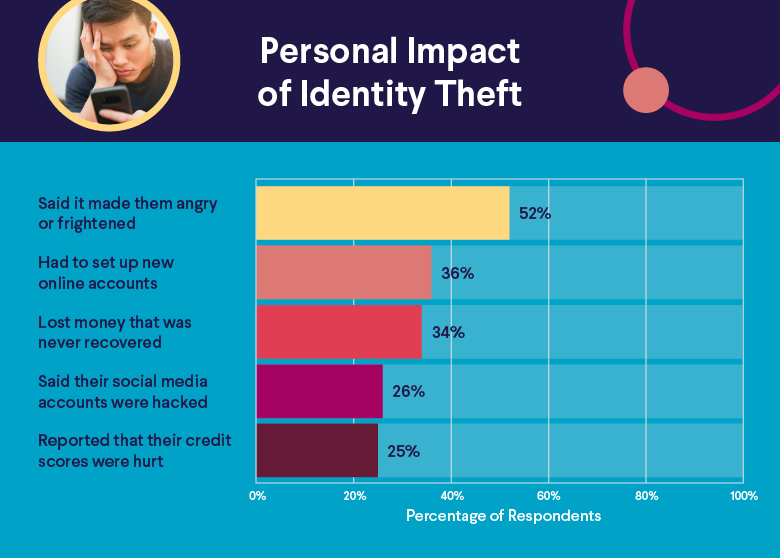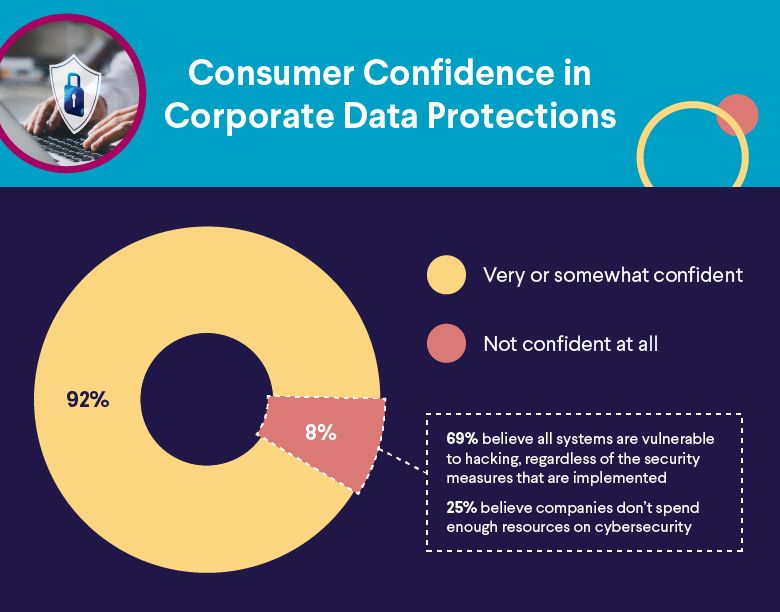How Much of a Personal Loan Can I Get?
When shopping around for lending options for a major project or immediate financial need, a personal loan might be on your list. And besides the interest rates and terms, the loan amount is a large determining factor in which option you decide to go with.
So how much can you get for a personal loan? Whether you’re looking for a large personal loan or a small one, the lending criteria is the same. Let’s take a look at how much lenders typically offer, what factors play into the size of a personal loan that you can get, and when it makes sense to get a personal loan.
Table of Contents
Key Points
• Personal loan amounts vary by lender, typically ranging from $600 to $100,000.
• Credit score, debt-to-income ratio, and employment history significantly influence loan approval and conditions.
• Applying jointly with someone who has strong credit may increase the borrowing limit.
• Secured loans, requiring collateral, often allow for higher borrowing amounts compared to unsecured loans.
• The intended use of the loan can affect the maximum amount lenders are willing to provide.
How Much Do Lenders Offer?
How much can you get for a personal loan? Amounts vary by lender, but typically start as low as $600 and go as high as $50,000. Some lenders, including SoFi, offer personal loans up to $100,000.
The amount you actually get approved for depends on a handful of criteria, which we’ll dig into below.
Recommended: Can I Increase My Personal Loan Amount?

What Determines How Big of a Personal Loan You Can Get?
The amount a lender offers and the amount you qualify for aren’t always one and the same. There’s a handful of financial and credit criteria that can impact the loan amount, rates, and terms. Let’s look at the main factors:
Credit Score
In general, the higher your credit score, the larger the loan amount, the more favorable the terms and interest rates. On the flip side, the lower your credit score, the smaller the loan amount, and the less favorable your terms and interest rates.
Lenders usually have credit score requirements. The minimum required credit score for a personal loan varies but can start at 580. To get the best terms and rates, you usually need a credit score of at least 640.
Recommended: Can a Personal Loan Hurt Your Credit?
Debt-to-Income Ratio
Your debt-to-income ratio (DTI) is your monthly debt payments divided by your gross monthly income. It’s expressed as a percentage. For example, let’s say your monthly income (before taxes, withdrawals, and other deductions are taken out) is $5,000, and your total debt obligations are $2,000. In that case, your DTI is 40%.
For the most part, lenders would like to see a DTI no higher than 35% to 40%. But if you have a high credit score, you might get approved with a slightly higher DTI.
Lender Amount Limits
The amount you can borrow may be limited by how much funding you can receive from your lender. Let’s say your credit is stellar, you have low DTI, steady employment, and a good income. But if the lender’s max personal loan amount is $50,000, then the most you can potentially borrow is $50,000.
Applying as An Individual or Jointly
If you’re applying for a personal loan with another applicant and their credit is strong, you might be eligible to borrow more money. However, not all lenders let you apply jointly, so you’ll want to check beforehand.
Income and Employment History
How much you can borrow also depends on your income and employment history. If you bring in a certain amount of money and have steady work for the last few years, that could boost the approval amount.
Some lenders may give more weight to your income and employment history. In turn, you might be able to get a higher loan amount with a lower credit score and a higher debt-to-income ratio.
Collateral
Not all personal loans require you to provide a valuable asset, such as your home or car, to back up the loan. But if you’re looking into a secured loan, you might be able to get a higher max amount on your personal loan than if you went the unsecured loan route.
Offering collateral and getting a secured loan means you could get a bump in your personal loan amount. Remember, not all lenders offer secured personal loans. If a lender does offer both secured and unsecured loans, you can compare quotes from the same lender for either option.
Loan Purpose
A lender might only allow you to use the loan for certain purposes. For instance, some lenders specialize in credit card debt consolidation loans. Lenders that offer greater flexibility might have limits on how much you can borrow depending on the loan purpose.
For example, the limit on using the loan proceeds for childcare expenses and large purchases might be different than if you’re planning to use the funds toward a major home improvement project.
💡 Quick Tip: Before choosing a personal loan, ask about the lender’s fees: origination, prepayment, late fees, etc. SoFi Personal Loans come with no-fee options, and no surprises.
Calculating How Much You Can Borrow
Determining how much you can borrow requires you to know your financial situation, how much you’d like to borrow, and what you can reasonably afford to pay off on a regular basis.
To start, jot down the repayment term and rate you anticipate receiving. If you get prequalified, that can give you a fair estimate on your loan amount.
Next, you’ll want to figure out the following numbers:
• Income before taxes.
• Additional income you get on a regular basis (i.e., rental property income, alimony, disability benefits).
• If you’re filing jointly, you’ll also need to include the other applicant’s income.
• Tally up your existing debt. This might include credit card debt, other personal loans, a car loan, or student loan debt.
That can help you figure out how much you can afford for your monthly payment.
How to calculate your borrowing power
If you’re mulling over the possibility of debt consolidation, you can use a handy personal loan calculator to gauge how much you’d save on interest or how much your monthly payment will be lowered by rolling over your existing debt to a new one.
Otherwise, you can punch in basic numbers, such as the loan amount, interest rate, and repayment term, to figure out what your monthly payment shakes out to.
Recommended: Pros and Cons of Personal Loans

Does a Personal Loan Make Sense?
Personal loans do have the word “personal” in them. So whether it makes sense for you to take out a personal loan depends on your unique situation and circumstances.
Here are some scenarios where getting a personal loan might be a good idea:
• You need a large sum upfront. If you need a chunk of cash for a big-ticket purchase or to fund a home improvement project, a large personal loan can provide you with the money to cover a purchase.
• You have a good credit score. The higher your score, the higher the loan amounts, and the better your rates and terms will most likely be.
• You’re using the funds for something you really need. If you need the money to cover a financial shortfall, unexpected emergency, or much-needed home remodeling project, it could be a sound move to take out a personal loan.
• You need the money quickly. The processing and funding times for a personal loan can be a lot faster than other funding choices, such as a home equity loan or HELOC.
• You want to consolidate high-interest debt. If you qualify for a lower interest rate, lower monthly payments, and more flexible repayment terms, it could make financial sense to take out a debt consolidation loan.
Now, let’s walk through instances when a personal loan may not make sound financial sense:
• You can’t keep up with monthly payments. If you’ve looked at your situation, do the math, and realize that you’ll have a hard time staying on top of your monthly payments, then a personal loan might not be the right choice for you at the time.
• You have time to save for your major purchases and goals. If you aren’t in a financial pinch and don’t need the money right away, you might be better off saving instead.
• You don’t need to take out a large amount of money. Unless you have good reason to take out a sizable amount of cash, then it probably doesn’t make financial sense to get a personal loan. Other options, such as a personal line of credit, might be a better move.
Alternatives to Personal Loans
If you’re on the fence about taking out a certain type of personal loan, know that other options exist. Here are other routes to take:
Credit card. If you’re already shouldering a lot of credit card debt and are paying a lot in interest fees, this might not be the best choice for you. But if you need to borrow a small amount — and can reasonably pay off your balance in a short amount of time — then a credit card provides easy access to funding.
Personal line of credit. Don’t need a lump sum upfront and anticipate needing to tap into funds for different purposes? Then a personal line of credit, which is similar to a credit card, might be a better fit.
Peer–to-peer loan. If you’re struggling to qualify for a personal loan with a traditional lender, you might have better odds of getting approved for a peer-to-peer (P2P) loan. Instead of being funded by a financial institution, P2P loans are funded by individuals who serve as investors and are loaning the money. The lending criteria for P2P loans tend to be less stringent than traditional loans.
Home equity loan or home equity line of credit (HELOC). If you’re a homeowner who has built equity in your home, you could qualify for a home equity loan or home equity line of credit (HELOC). Because you are offering your home as collateral, you typically can qualify for higher loan amounts. Plus, home equity loans or HELOCs tend to have less stringent lending criteria.
If possible, consider waiting to take out a personal loan until you’ve worked on building your credit, reduced your debt loan, are earning a higher income, or have a more stable employment history.
💡 Quick Tip: Just as there are no free lunches, there are no guaranteed loans. So beware lenders who advertise them. If they are legitimate, they need to know your creditworthiness before offering you a loan.
The Takeaway
How much of a personal loan you can get depends on a handful of factors, such as what’s available from the lender, your credit score, debt-to-income ratio, and employment history. Plus, it’s important to get your head around what you can reasonably afford to pay each month.
Think twice before turning to high-interest credit cards. Consider a SoFi personal loan instead. SoFi offers competitive fixed rates and same-day funding. See your rate in minutes.
FAQ
What is considered a large personal loan?
Most lenders offer a maximum personal loan amount of $40,000 to $50,000, and some lenders, including SoFi, offer lending amounts of up to $100,000. But just because a lender offers that doesn’t mean you’ll get approved for it. You’ll also want to be mindful about not taking on more than you need.
How much is too much to ask for a personal loan?
There’s no specific number that constitutes “too much” for a personal loan. That said, an amount might be considered too high if you don’t have a good reason to take out that much money and if you aren’t able to afford the monthly payments.
Does the size of a personal loan affect a credit score?
As your personal loan payments are reported to the three major credit bureau agencies, the size of your personal loan can impact your credit. Your payment history is the largest contributing factor, but loan size can also influence your score.
Photo credit: iStock/Ridofranz
SoFi Loan Products
SoFi loans are originated by SoFi Bank, N.A., NMLS #696891 (Member FDIC). For additional product-specific legal and licensing information, see SoFi.com/legal. Equal Housing Lender.
Financial Tips & Strategies: The tips provided on this website are of a general nature and do not take into account your specific objectives, financial situation, and needs. You should always consider their appropriateness given your own circumstances.
SOPL0723001 Read more





